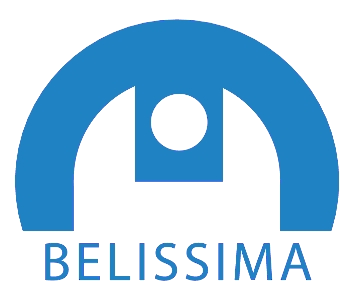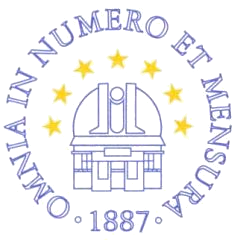FUTURE SCIENCE WITH METRE-CLASS TELESCOPES
18-21 September 2012 -- Belgrade, Serbia
In the era of abundant large aperture telescopes (8 m and above) the development of fail-safe robotic control, smaller and more cost-effective instruments, better detector technology and computer software enables the smaller telescope to remain active at the forefront of discovery. Research programs which require prompt response or significant time allocation are generally difficult to implement at the biggest telescopes. Furthermore, robotic metre-class telescopes can be more easily integrated into dedicated networks for continuous monitoring and support of large surveys including space-based missions and used as for development and demonstration of new detector technology. Metre-class telescopes provide the most efficient means of training future researchers and can be used effectively in secondary schools and public outreach to give non-astronomers a much more realistic idea of what modern astrophysics is about.

In celebration of the 125th anniversary of the Astronomical Observatory of Belgrade (AOB) and within the scope of the FP7 project BELISSIMA an international conference will be held in Belgrade from 18 to 21 September 2012. Within the project BELISSIMA, AOB is currently developing a new robotic 1.5 m telescope for its Astronomical Station Vidojevica site. The goal of the conference is to explore present day and future opportunities and most promising science questions that can be addressed using metre-class telescopes.



